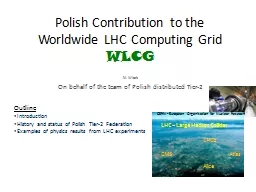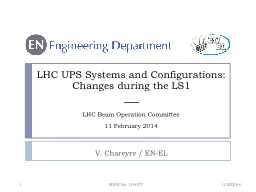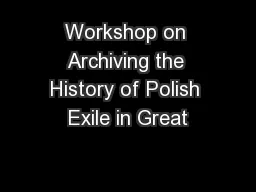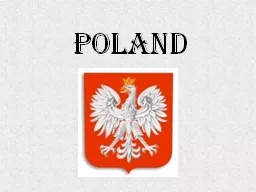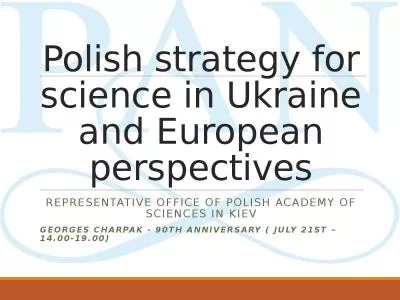PPT-Polish Contribution to the Worldwide LHC Computing
Author : ellena-manuel | Published Date : 2017-05-30
Grid WLCG M Witek On behalf of the team of Polish distributed Tier2 Outline Introduction History and status of Polish Tier2 Federation Example s of physics
Presentation Embed Code
Download Presentation
Download Presentation The PPT/PDF document "Polish Contribution to the Worldwide LHC..." is the property of its rightful owner. Permission is granted to download and print the materials on this website for personal, non-commercial use only, and to display it on your personal computer provided you do not modify the materials and that you retain all copyright notices contained in the materials. By downloading content from our website, you accept the terms of this agreement.
Polish Contribution to the Worldwide LHC Computing: Transcript
Download Rules Of Document
"Polish Contribution to the Worldwide LHC Computing"The content belongs to its owner. You may download and print it for personal use, without modification, and keep all copyright notices. By downloading, you agree to these terms.
Related Documents

